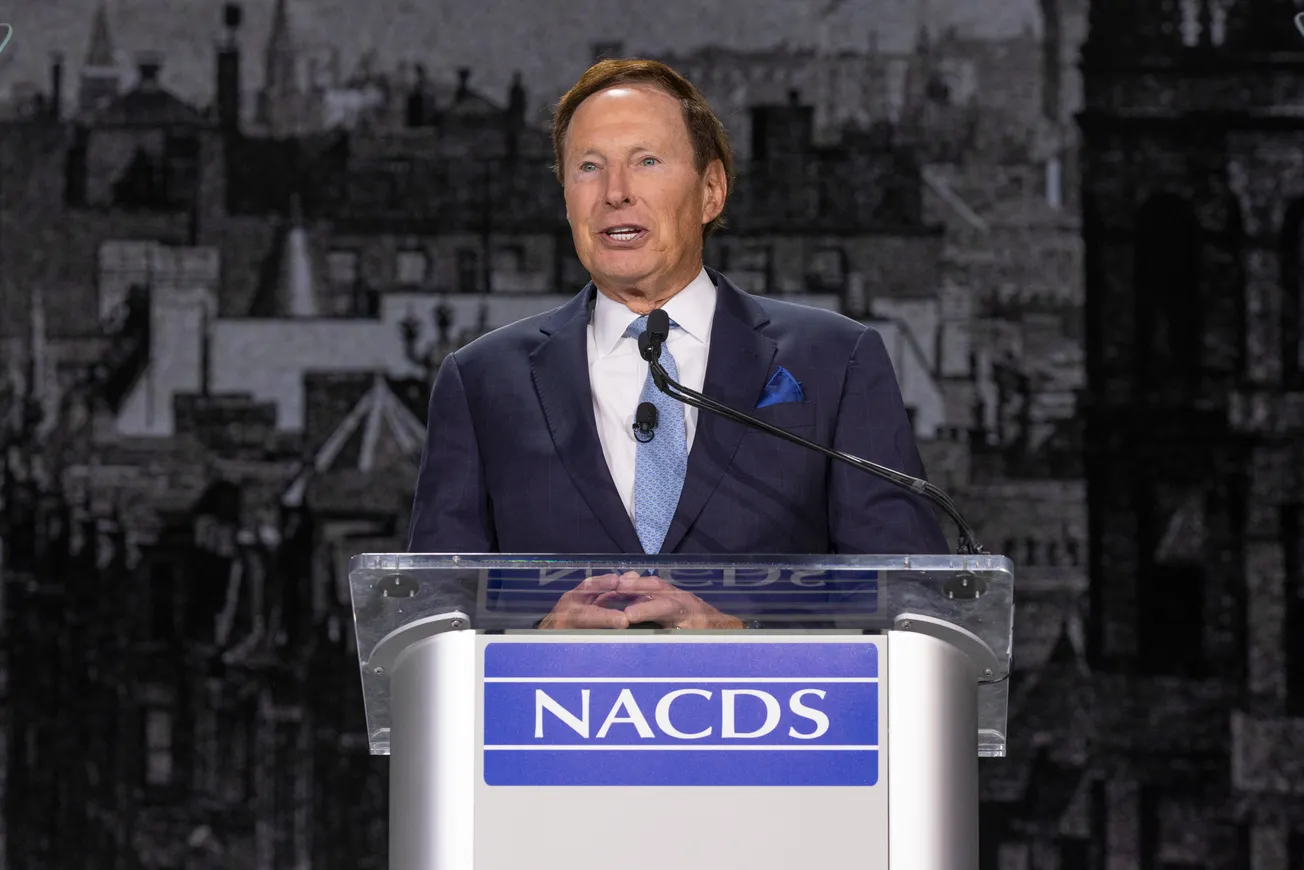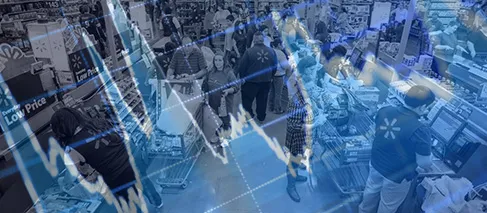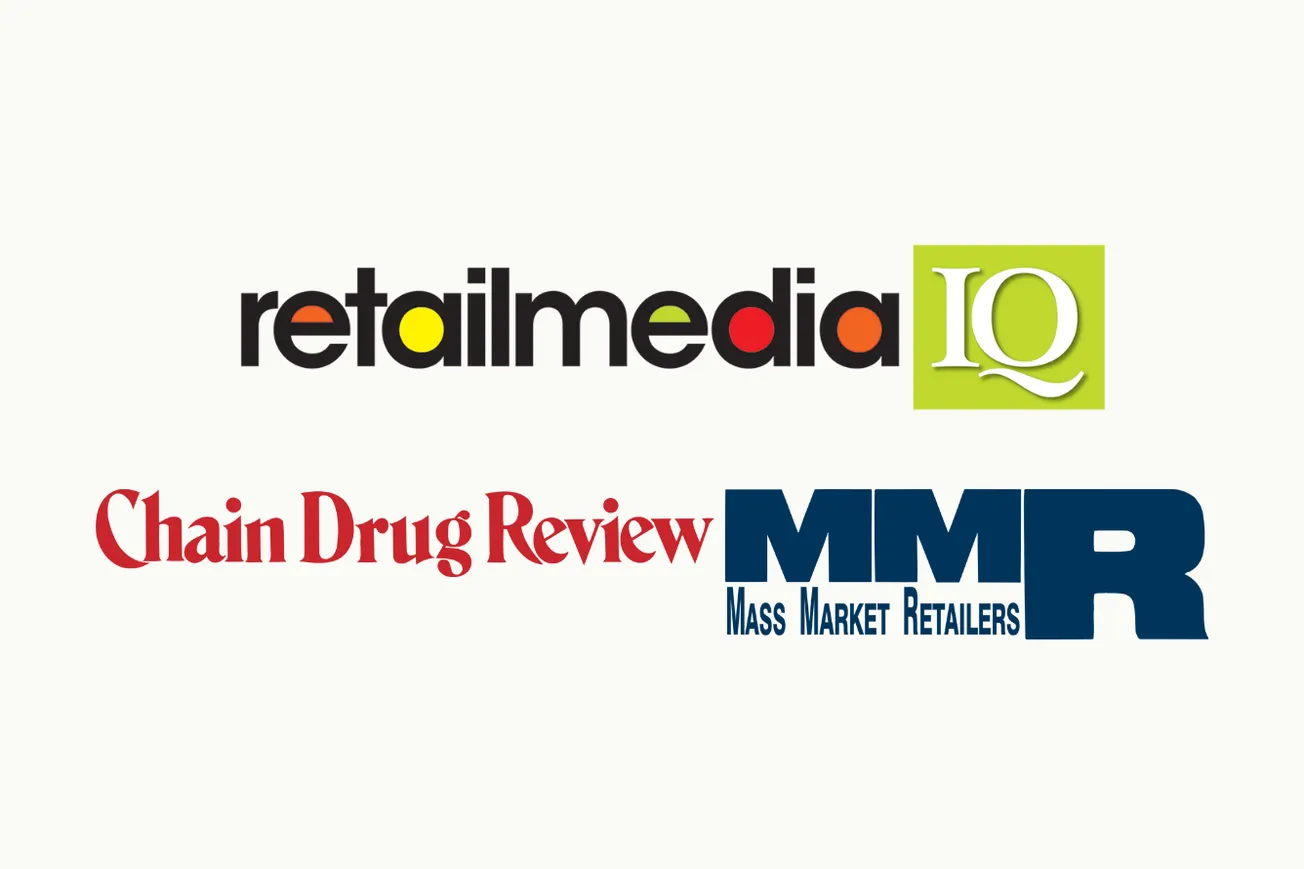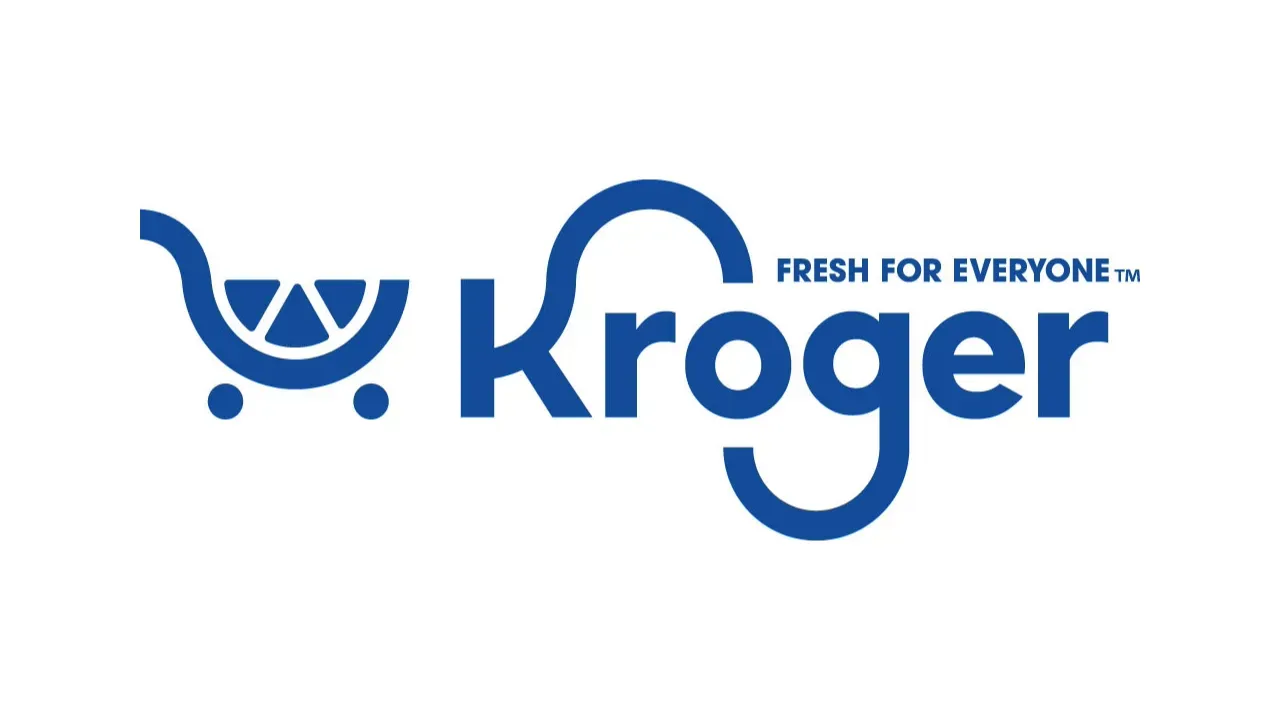WASHINGTON – Retail sales for the 2021 holiday season totaled $886.7 billion, up 14.1% over 2020 and easily beating the National Retail Federation’s forecast, the retail trade group said on Friday.
That number, which includes $218.9 billion in online and other non-store sales (up 11.3%) but excludes sales at automobile dealers, gasoline stations and restaurants, set a new record despite challenges from inflation, supply chain disruptions and the ongoing pandemic.
“We closed out the year with outstanding annual retail sales and a record holiday season, which is a clear testament to the power of the consumer and the ingenuity of retailers and their workers,” NRF President and CEO Matthew Shay said. “Despite supply chain problems, rising inflation, labor shortages and the omicron variant, retailers delivered a positive holiday experience to pandemic-fatigued consumers and their families. Consumers were backed by strong wages and record savings and began their shopping earlier this year than ever before. This is, in part, why we saw a decline in sales from November to December. NRF expects further growth for 2022, and we will continue to focus on industry challenges presented by COVID-19, the supply chain, labor force issues and persistent inflation. The numbers are clear: 2021 was an undeniably outstanding year for retail sales.”
Both the amount spent and the growth rate are new highs, topping the previous records of $777.3 billion spent in 2020 and 8.2% growth that year. NRF forecast in October that 2021 holiday sales would increase between 8.5% and 10.5% over 2020 to between $843.4 billion and $859 billion, then said in December that growth could be as much as 11.5%. The 2021 growth compares with an average 4.4% holiday sales growth over the previous five years.
Online spending met NRF’s forecast, which called for growth of between 11% and 15% to between $218.3 billion and $226.2 billion
“Retail sales displayed solid momentum throughout the holiday season,” NRF Chief Economist Jack Kleinhenz said. “Worries about inflation and COVID-19 put pressure on consumer attitudes but did not dampen spending, and sales were remarkably strong. Even though many consumers began shopping in October, this was the strongest November and December we’ve ever seen. Despite supply chain challenges, retailers kept their shelves stocked and consumers were able to fill their carts both in-store and online. Holiday spending during 2021 reflected continued consumer demand that is driving the economy and should continue in 2022. Nonetheless, we should be prepared for challenges in the coming months due to the substantial uncertainty brought by the pandemic.”
.NRF’s holiday total includes sales for November 1 through December 31. Retail sales as defined by NRF – which exclude automobile dealers, gasoline stations and restaurants – were down 2.7% seasonally adjusted in December from November but up 13.4% unadjusted year-over-year. That compared with a 0.3% month-over-month decrease in November, which was up 14.8% year-over-year. As of December, sales were up 13% unadjusted year-over-year on a three-month moving average.
NRF’s numbers are based on data from the U.S. Census Bureau, which said today that overall retail sales in December – including autos, gas and restaurants – were down 1.9% seasonally adjusted from November but up 16.9% year-over-year. That compares with increases of 0.2% month-over-month and 18.2% year-over-year in November. Despite occasional month-over-month declines, sales have grown year-over-year every month since June 2020, according to Census data.
November-December holiday sales saw year-over-year gains across the board, led by increases at clothing, sporting goods and general merchandise stores. Specifics from key sectors for the two months combined, all on an unadjusted year-over-year basis, include:
- Clothing and clothing accessory stores, up 33.1%.
- Sporting goods stores, up 20.9%.
- General merchandise stores, up 15.2%.
- Furniture and home furnishings stores, up 15%.
- Electronics and appliance stores, up 13.8%.
- Building materials and garden supply stores, up 13.5%.
- Online and other non-store sales, up 11.3%.
- Health and personal care stores, up 9.6%.
- Grocery and beverage stores, up 8.6%.










